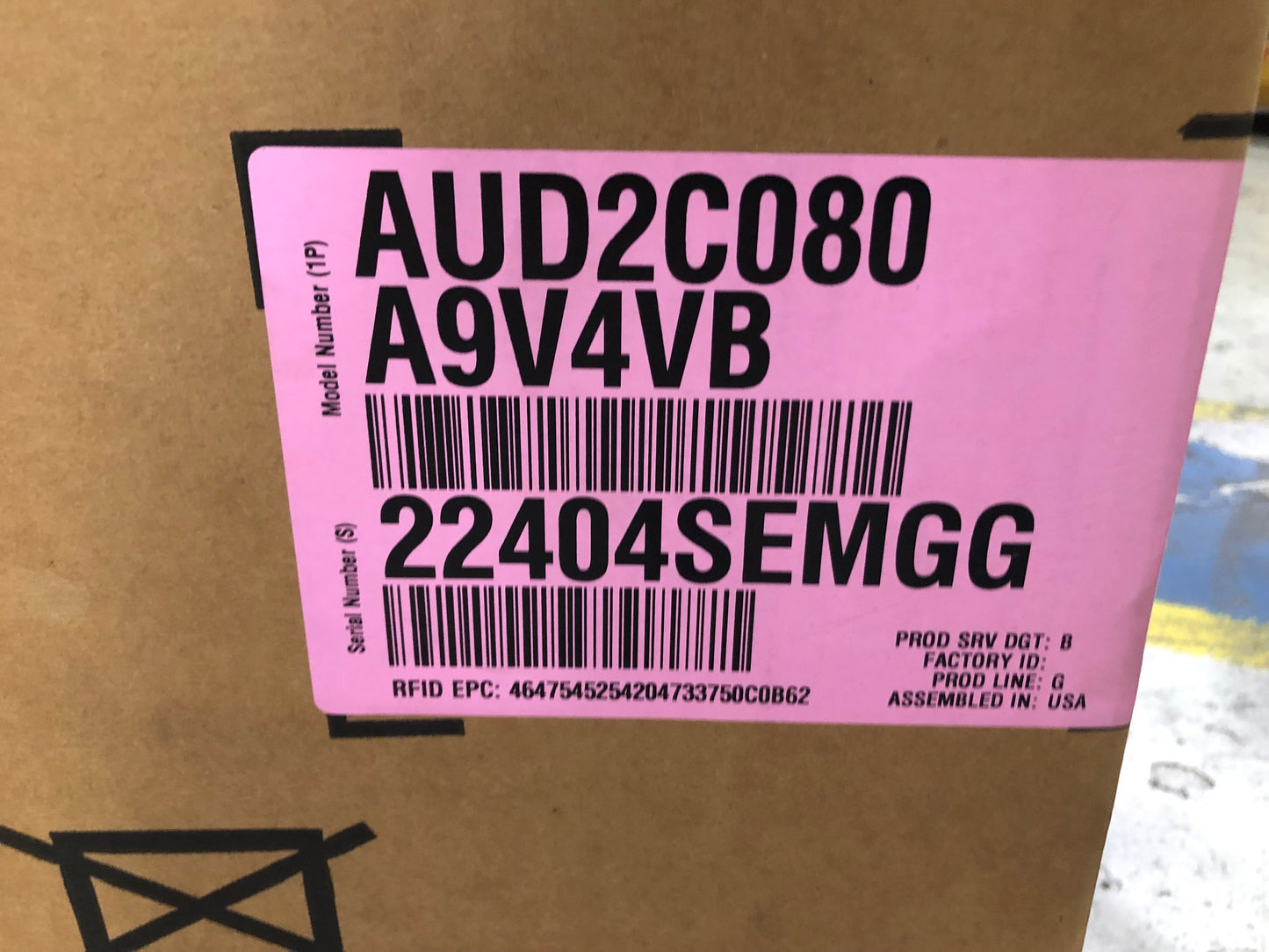***PROPANE CONVERSION KIT (Model#s BAYLPKT210A or BAYLPKT210B) IS NOT INCLUDED***
Product Details
Product Details
***PROPANE CONVERSION KIT (Model#s BAYLPKT210A or BAYLPKT210B) IS NOT INCLUDED***
Specifications
Specifications









